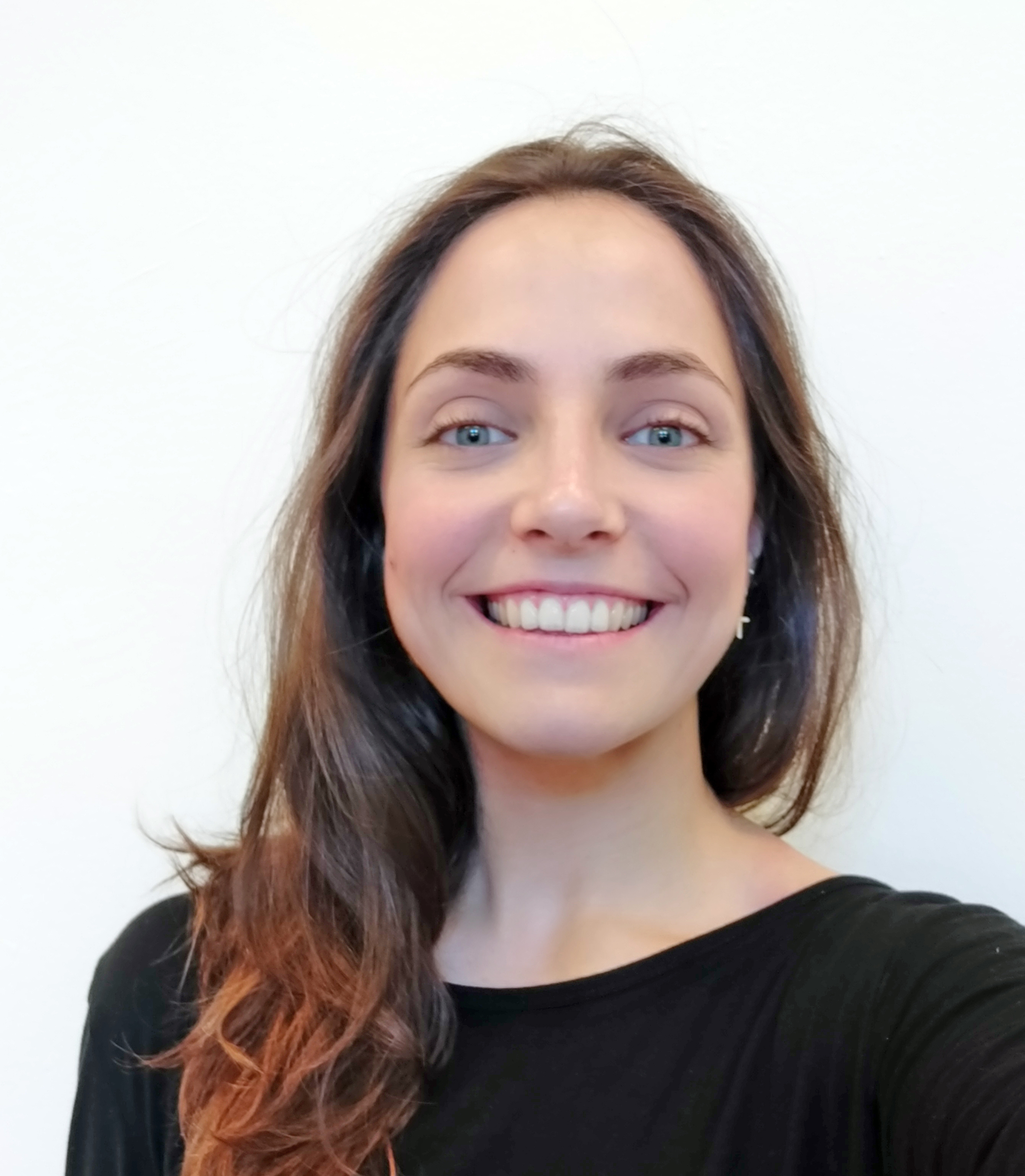
Friday 8th of July - 17:20
FAIRy Deep Learning for BioImage Analysis
In the last decade, deep learning (DL) has profoundly impacted how life sciences researchers conduct their bioimage data analysis. We have witnessed its potential to reach human-level performance in increasing computer vision tasks such as denoising, super-resolution, segmentation, detection, response prediction, or computer-aided diagnosis.
Yet integrating this breakthrough technology into research pipelines remains a challenge for the scientific community. Training and evaluating DL models requires previous programming expertise, technical knowledge, and a large amount of data, limiting the transfer of this technology to the daily practice of life scientists. Aware of this situation, the bioimage analysis community is increasingly interested in spreading general knowledge about DL and supporting its democratization.
In this talk, we will see some of the pioneering projects that contribute to the landscape of findable, accessible, interoperable, and reusable (FAIR) DL. We will discover the tools developed together with colleagues to deploy trained DL models (deepImageJ), easily train and evaluate them (ZeroCostDL4Mic and DeepBacs), and share this technology in an open-source and reproducible manner (BioImage Model Zoo). After the presentation, you will get an updated view of the already existing practical approaches to bring the full DL experience to your research.
Find out more about Estibaliz’s research
I'm interested in understanding cell-level biology using bioimage analysis. My research centers on facing the challenges when applying machine-learning techniques to microscopy images and on contributing to biological discoveries with it.
Previously, I developed methods to process TEM images and phase-contrast time-lapse movies to contribute to the characterization of cancer cell motility. I have also conceived new biostatistical approaches to analyse big data. I'm also one of the creators of deepImageJ, an environment to bridge deep-learning to ImageJ.
A crucial part of my work and dedication is to make computational tools accessible (open and user-friendly) and reusable, and train non-experts to benefit from them. As a postdoc in Ricardo's lab I'll be learning (a lot) of super-resolution microscopy, and building novel machine-learning methodologies applied to it.

